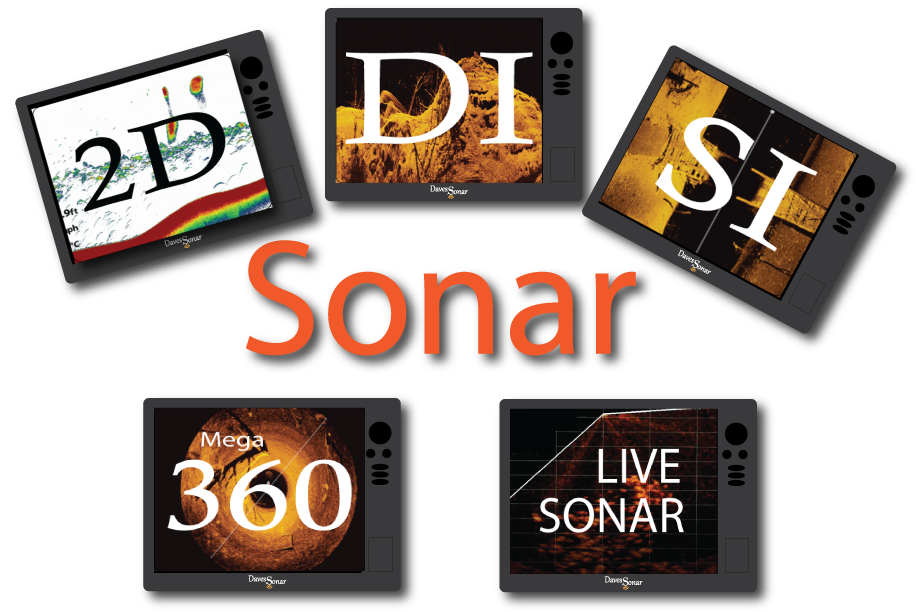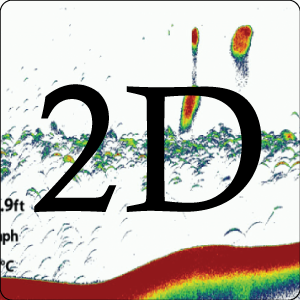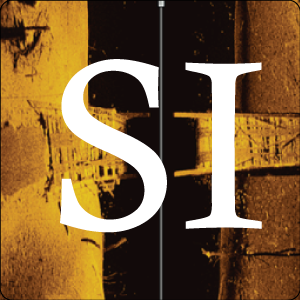
Introduction
This page will breakdown the different sonar types into groups and provide a brief overview of the technology. We will also discuss the models that we choose for our boats and why.
For this discussion, we will break these technologies into 3 groups:
- Traditional Sonar (2D-DI-SI)
- Semi-live Sonar (360)
- Live Sonar (LiveScope-MegaLive-ActiveTarget)
Traditional Sonar
We look at 2D, Down Imaging, and Side Imaging as having a fixed transducer that surveys the water as your boat travels. The screen of your device scrolls at a steady speed based on your Chart Speed settings. With 2D and DI, the screen scrolls from left to right. With SI, the screen scrolls from top to bottom.
Semi-live Sonar
Humminbird’s 360 transducer is fixed, typically to the trolling motor, but the transducer is constantly rotating up to a full 360 degrees. As it rotates, the image on your screen is being updated with the latest sonar data. We consider this as Semi-live because the screen is fixed and it only updates when the transducer rescans the area.
Live Sonar
Live sonar, such as Garmin’s LiveScope, Humminbird’s MegaLive, or Lowrance’s ActiveTarget, also works from a fixed transducer. The screen is also fixed, but the sonar image refreshes several times per second. This creates an almost video-like image of what is happening in the transducers view.
Traditional Sonar

2D sonar is considered the basic of all sonar. However, there is nothing basic about it. It is still an important part of our fish-finding toolkit. The latest Chirp-type technology and multiple cone angle options allows us better fish and structure definition. We are able to see:
- Depth
- Bottom Hardness
- Structure
- Cover
- Baitfish
- Fish
With modern 2D we get a lot of clues to fish size and even fish type based on how they are related to structure or schooled.

Down Imaging
Down Imaging is similar to 2D but with more power and detail. With frequencies in the megahertz range, the image is almost photo quality. You can see clear separation between bottom and cover as well as between cover and fish. A lot of us old-timers still prefer 2D because we have grown to trust our interpetation of the images. However, when you really need to seperate rock, cover, and fish — down imaging will do the trick.

Side Imaging
Side Imaging/Side Scan was a giant leap forward in fish-finding technology. No longer are we forced to look directly under our boat. We can now effectively survey 60, 80, even 100 feet or more on both sides of the boat. With frequencies in the megahertz range, we can get a lot of detail. Find brushpiles, rockpiles, ledges, and even individual fish.
